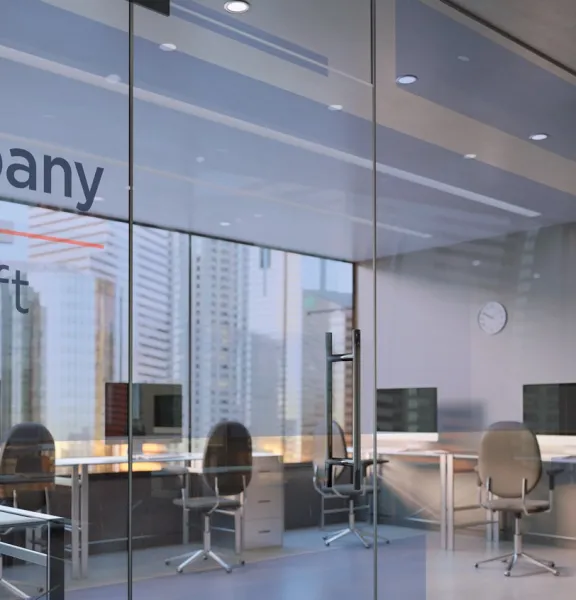PhasmaFOOD (Portable photonic miniaturised smart system for on-the-spot food quality sensing) is an EU-funded H2020 project that represents a strong consortium of nine leading food security, sensing technologies and information technology stakeholders in Europe. PhasmaFOOD focuses on the development, demonstration and exploitation of a miniaturized smart integrated system that will be able to detect food hazards, spoilage and food fraud through heterogeneous micro-scale photonics. The connected device will be integrated with a parameterized, knowledge-based, software architecture for on-the-spot food quality sensing and shelf-life prediction.
€ 3 million
36 months
Project details
Netcompany-Intrasoft has coordinated the EU collaborative R&D project PhasmaFOOD that aims at delivering a miniaturized multi-sensor optical sensing device for the detection of food safety threats such as food spoilage, adulteration and aflatoxins. PhasmaFOOD’s vision is to improve existing food inspection methods that are time-consuming, non-portable and provide retrospective information and thus they cannot be used on-line or for scientific laboratory analysis and daily consumer usage.
The solution
The PhasmaFOOD system integrates heterogeneous visible and near infrared spectroscopy technologies and is supported by a custom electronics design featuring embedded memory and processing power and a software architecture that delivers fast characterisation of foods, encompassing an extendable framework for the deployment of smart chemometric algorithms, data fusion strategies and reference laboratory measurements. The built-in algorithms address data mining and data analysis methods from non-destructive, non-invasive instruments and are independent of the food type and food-tech application. The architecture of the PhasmaFOOD system comprises three main parts: the sensing device, the end user’s mobile device with the PhasmaFOOD application installed on it, and the cloud platform and database. The PhasmaFOOD sensing device integrates a sensing node, which includes an Ultraviolet-Visible (UV-VIS) spectrometer , a Near-Infrared (NIR) spectrometer, a camera, and Ultraviolet (UV), white and NIR illumination sources, in order to conduct the sensory measurements on the food samples and an electronic subsystem, which supports the operation of the sensing node by controlling the sensing measurements, collecting the sensory data, partially processing them and sending them to the end user’s mobile device. The mobile device communicates the sensory data and contextual information to the cloud platform for further analysis. The cloud platform returns to the end user (at their mobile application/screen) the final decision on their scanned food sample.
The results
The PhasmaFOOD solution is designed to meet three major requirements:
- Portability: the spectrometer is hand-held and can be configured on the mobile app. Hence, it works in various environments where food is sold or processed.
- Versatility: the specific combination of sensors (NIR, UV-VIS and CMOS camera) covers a spectral range from 400 nm to 1900 nm. This way, a plethora of food types and use cases can be targeted.
- Fast, not-destructive predictions: the three optical sensors are functioning without the need to damage the product under investigation and deliver a measurement instantly. Therefore, it is well suited to time-critical problems such as the shelf-life prediction of raw meat or fish, where waiting several days for the laboratory measurements is not an option.
PhasmaFOOD food quality partners can use the PhasmaFOOD prototype in order to collect information and experimental data allowing the continuation of data analysis and the completion of experiments for three diverse use cases. The first case on mycotoxins was focused on the presence of aflatoxins and (when applicable) deoxynivalenol in maize flour, skimmed milk powder, paprika powder and tree nuts. The next case focused on spoilage and shelf-life estimation of fruits, vegetables meat and fish. The last use case on food fraud covered skimmed milk powder, meat, olive oils and other edible oils and alcoholic beverages. The limits of detection for the use cases were generally based on either EU legislation or technical feasibility as described in several peer reviewed scientific papers produced throughout the lifespan of the project.


